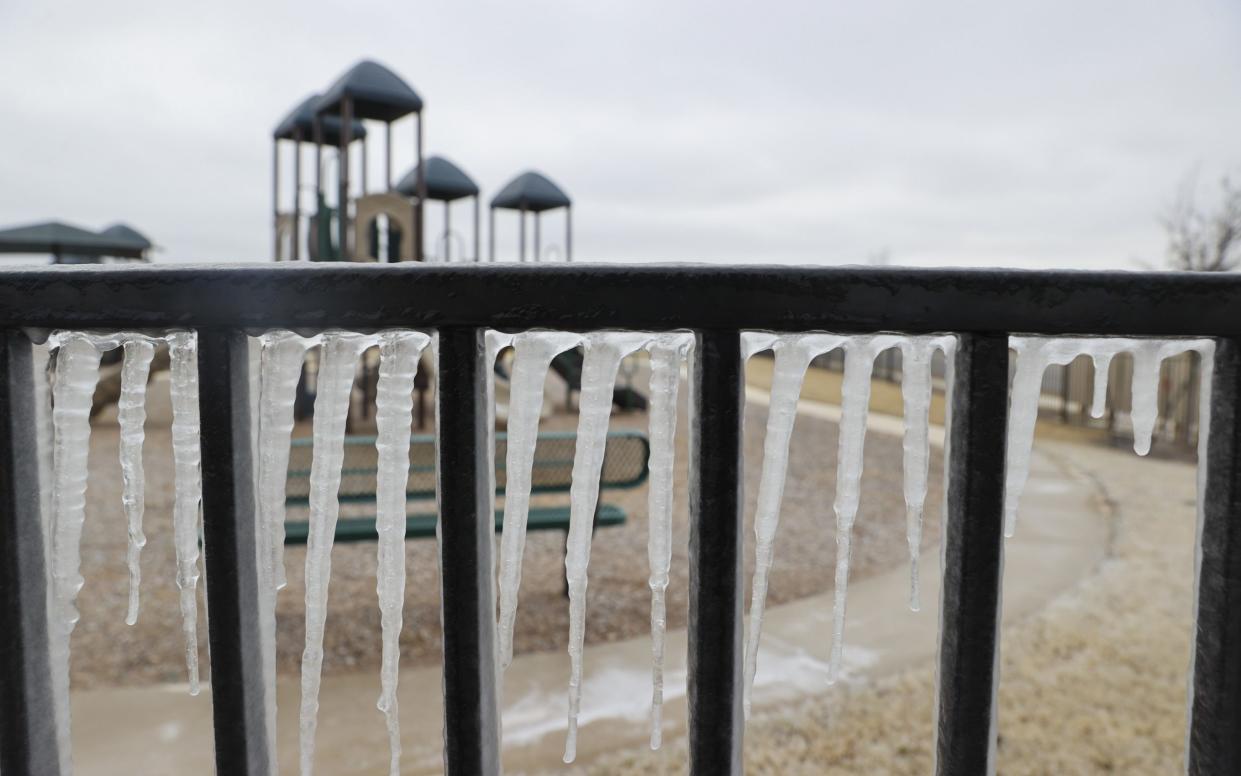The Texas power grid is on the verge of another fatal collapse. Green energy is absent

The situation on the Texas power grid this week is going to be a crucial test not just for the grid’s managers at ERCOT (Electric Reliability Council of Texas), but also for natural gas suppliers and generators. As weather conditions continued to evolve and deteriorate across the state, ERCOT has issued a conservation request to business and private customers to be in effect from 6am to 10am CST, a time of peak power demand and low renewable production.
ERCOT’s request blamed the latest failure of the state’s huge wind industry on “unseasonably low wind” conditions, but the reality that the wind tends to die down as temperatures drop is one of the most open secrets in the history of weather. ERCOT officials cannot control weather conditions, obviously, but they can anticipate they will get a lot less wind contribution than their models predict whenever the weather is not ideal. That’s just a given.
Equally obvious is the fact that they will get zero generation from the state’s ballyhooed solar farms when the sun isn’t shining, and ERCOT’s managers should have learned last summer that the battery storage facilities will also fail to deliver much whenever the weather is too hot or, as it is this week, too cold.
The state’s generation mix taken from ERCOT’s app at 7:19am. Monday tells that story pretty clearly. What we see is 0 per cent contribution from solar, 0.8 per cent from power storage, and just 6.8 per cent from wind. Meanwhile, the “fossil fuels” so detested by the state’s legacy media sites were kicking in 84.9 per cent of total generation, with a whopping 67.2 per cent coming from the state’s natural gas industry.
So, as is always the case on the Texas grid despite all the renewables-boosting propaganda from the state and national media, the situation for consumers will come down to whether natural gas producers can keep their wells pumping, natural gas pipeline companies can keep the gas flowing through their pipelines, and natural gas power generators can prevent their plants from freezing up. A lot of that failed to happen during Winter Storm Uri in February, 2021, and massive blackouts lasting for days at a time resulted in the deaths of 300 or more of my fellow Texans.
The problem was made a lot worse back then because ERCOT turned off the electricity to wells, compressors, and pipelines. ERCOT, Texas regulators, and the industry itself have worked to get grid-critical sites properly identified since 2021 to prevent that mistake from happening again. If that claim is accurate, then the grid should be able to maintain service to all Texas customers during this severe weather event. If that claim is not accurate, then there could be trouble.
But the bottom line here in either event is clear: The success or failure of the Texas power grid when the chips are down is entirely related to the performance not of renewables, but natural gas. This is a time for the industry to shine. All Texans should be grateful to the thousands of men and women working in the gas industry to make that happen.
David Blackmon had a 40 year career in the US energy industry, the last 23 years of which were spent in the public policy arena, managing regulatory and legislative issues for various companies. He continues to write and podcast on energy matters

